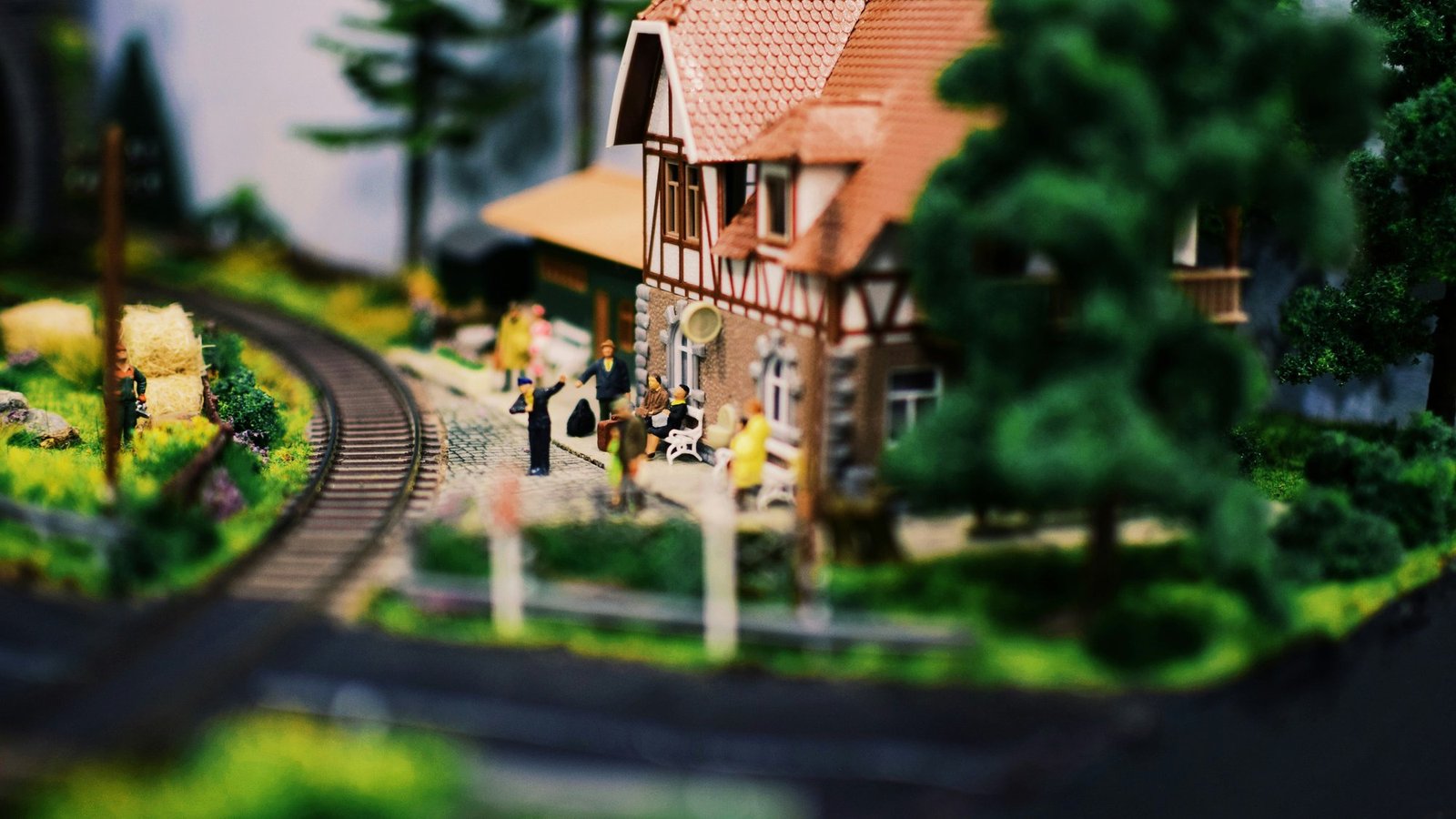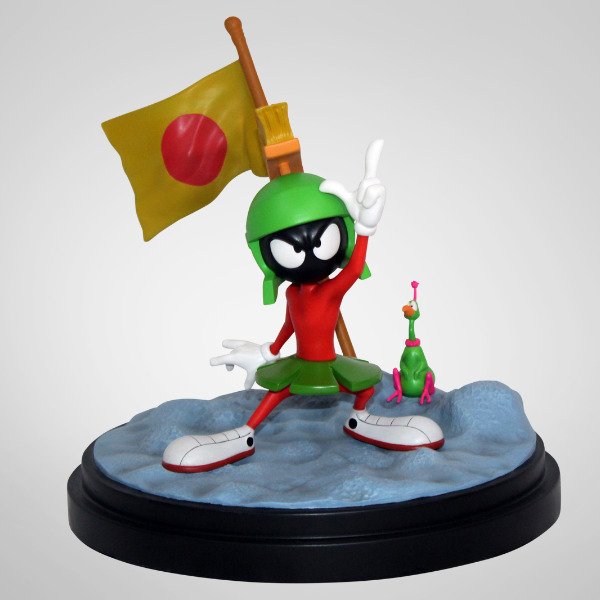Have you ever found yourself drawn into a captivating miniature world, an intricately crafted scene that seems to transcend its small scale to evoke a sense of vastness and realism? What is a diorama, exactly? And why has it captivated creators throughout history? The answer lies in its ability to encapsulate a moment in time, transporting viewers into a meticulously detailed microcosm of reality.
Dioramas, stemming from the Greek words "di-" (through) and "-orama" (to see), offer a glimpse into a world within a frame, inviting exploration and contemplation. In this article, we will look into the origins, defining characteristics, and diverse applications of dioramas, unraveling the allure of these mesmerizing miniature universes.

A Glimpse into Miniature Realism
Dioramas are not merely miniature replicas; they are intricate works of art that transcend mere representation, embodying a profound sense of realism and storytelling. Crafted with meticulous attention to detail, these miniature worlds transport viewers into a realm where imagination merges seamlessly with reality. The artistry of dioramas lies not only in their visual impact but also in the emotional resonance they evoke, offering a glimpse into the human experience in a diminutive yet powerful form.
Creative Vision and Technique
Meticulous Detailing: Every aspect of a diorama, from the texture of the terrain to the expression on miniature figures, is painstakingly crafted to achieve a lifelike appearance.
Forced Perspective: Utilizing techniques such as forced perspective, diorama artists create an illusion of depth that enhances the sense of scale and realism within the confined space of the display.
Visual Impact and Emotional Resonance
Immersive Atmosphere: By skillfully manipulating light, shadow, and color, dioramas create an immersive atmosphere that captivates the viewer, inviting them to become a part of the scene.
Narrative Depth: Beyond visual appeal, dioramas often convey compelling narratives, triggering emotional responses and prompting contemplation.
In this section, we will delve into the artistry of dioramas, uncovering the meticulous techniques and creative vision behind crafting these mesmerizing miniature worlds.
Historical Evolution: Dioramas Through Time
From their humble origins to their contemporary significance, dioramas have woven themselves into the fabric of artistic expression, continually evolving through the annals of history. This artistic form has ventured through different eras, each leaving its indelible mark on the cultural and artistic landscape.
Early Roots and Milestones
18th Century Panoramas: The concept of dioramas can be traced back to the 18th century, with the emergence of panoramas that utilized light and perspective to create immersive visual experiences.
19th Century Theatrical Dioramas: Dioramas gained prominence in the 19th century as theatrical displays, captivating audiences with their vivid depictions of historical and exotic scenes.
Influential Artists and Movements
Louis Daguerre: The pioneering work of Louis Daguerre, a prominent figure in the history of photography, contributed to the evolution of dioramas through his innovative use of lighting and perspective.
Surrealist Influence: In the 20th century, the surrealist movement embraced the concept of creating dreamlike, imaginative dioramas, further expanding the artistic possibilities of this medium.
Contemporary Significance
Museum Exhibitions: Dioramas continue to hold relevance in museum exhibitions, providing immersive experiences that bring history, culture, and natural wonders to life.
Digital Dioramas: In the digital age, advancements in technology have led to the creation of digital dioramas, blending traditional techniques with modern innovation.
By tracing the historical evolution of dioramas and highlighting key milestones, influential artists, and the enduring allure of these miniature worlds across different eras, we gain a deeper appreciation for their cultural and artistic significance.

Crafting Realistic Miniature Worlds
The creation of a captivating diorama involves a harmonious blend of technical expertise and artistic ingenuity. From the careful selection of materials to the manipulation of scale and lighting, every aspect contributes to the seamless construction of a lifelike miniature world.
Technical Aspects of Diorama Creation
Materials and Texture: Artists meticulously select materials, such as various types of clay, fabrics, and foliage, to achieve realistic textures that enhance the overall authenticity of the scene.
Scale and Proportion: The thoughtful consideration of scale and proportion plays a crucial role in creating a sense of realism within the confined space of a diorama.
Lighting and Ambiance: Strategic use of lighting, including natural and artificial sources, is employed to evoke a specific mood and accentuate details within the diorama.
Storytelling Through Dioramas
Narrative Thread: Dioramas often convey compelling narratives, from historical events and natural landscapes to imaginary realms, encapsulating stories within their meticulously crafted settings.
Emotional Engagement: The skillful arrangement of elements within a diorama prompts emotional engagement, inviting viewers to form a personal connection with the depicted scene.
By exploring the technical aspects of diorama creation, from the intricate selection of materials and manipulation of scale to the artful use of lighting and storytelling, we gain a deeper understanding of the practical process of designing and building immersive miniature environments.
Dioramas Beyond Art: Practical Applications
While dioramas are undeniably works of art, their influence extends far beyond the realm of artistic expression, permeating into diverse fields and serving practical purposes that captivate and educate audiences across various domains.
Educational Tools and Displays
Museum Exhibits: Dioramas play a pivotal role in museum exhibits, offering immersive displays that depict historical events, cultural settings, and natural habitats, providing educational experiences for visitors of all ages.
Science Education: In the realm of science education, dioramas are used to illustrate biological and environmental concepts, fostering a deeper understanding of ecosystems and the natural world.
Historical Reenactments: Dioramas contribute to historical reenactments, allowing viewers to envision pivotal moments in history through meticulously crafted visual representations.
Entertainment and Media
Film and Television: The entertainment industry leverages the art of dioramas in creating miniature sets for film and television productions, enhancing storytelling and visual impact.
Themed Attractions: Amusement parks and themed attractions incorporate dioramas as immersive elements, transporting visitors into fantastical worlds and historical settings.
Professional and Industrial Applications
Urban Planning and Architecture: Dioramas are utilized in urban planning and architecture to visualize proposed developments and urban landscapes, offering a tangible representation of future projects.
Product Prototyping: In industrial design, dioramas serve as effective tools for prototyping and visualizing product concepts in a three-dimensional space.
By examining the diverse applications of dioramas in education, entertainment, and various industries, we gain insight into how these captivating displays transcend their artistic origins to become powerful educational tools, captivating displays, and immersive storytelling mediums.

The Endless Charm of Dioramas: A Timeless Art Form
As we immerse ourselves in the enchanting world of dioramas, it becomes evident that their allure transcends time, captivating enthusiasts and inspiring new generations of creators. The fusion of history, creativity, and storytelling within these miniature universes has cemented the status of dioramas as a timeless art form that continues to enthrall and engage audiences across the globe.
Enduring Legacy and Enthusiastic Community
Enthusiast Communities: Diorama enthusiasts and artists form vibrant communities, sharing techniques, insights, and a mutual passion for the art form.
Online Platforms: The digital age has fostered a global platform for diorama enthusiasts to connect, share their creations, and inspire others through online forums and social media.
Continuing Artistic Innovation
Modern Interpretations: Contemporary artists continue to push the boundaries of diorama art, infusing modern themes, technological advancements, and innovative storytelling approaches into their creations.
Cross-Disciplinary Collaboration: Collaborations between artists, craftsmen, and technologists have led to groundbreaking diorama projects that merge traditional artistry with cutting-edge techniques.
Inspiration for Future Generations
Dioramas stand as a testament to the enduring charm and versatility of this unique art form. By reinforcing their timeless appeal and acknowledging their influence on enthusiasts, artists, and future creators, we celebrate the enchanting journey through history, creativity, and storytelling that dioramas offer. To explore more intriguing aspects of dioramas and their diverse applications, visit MG Collectibles and Toys.

















